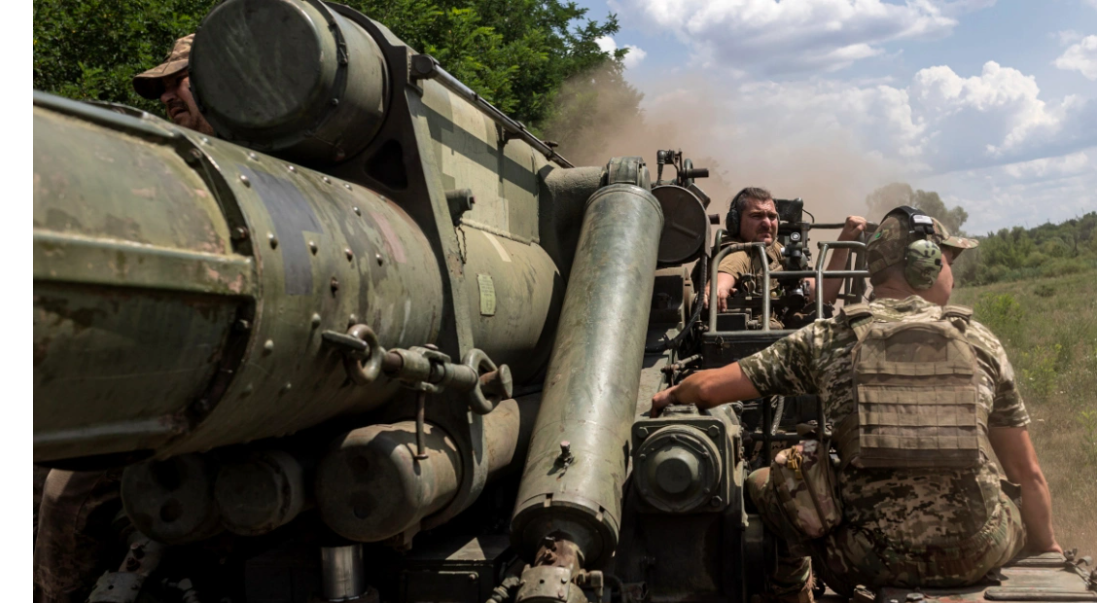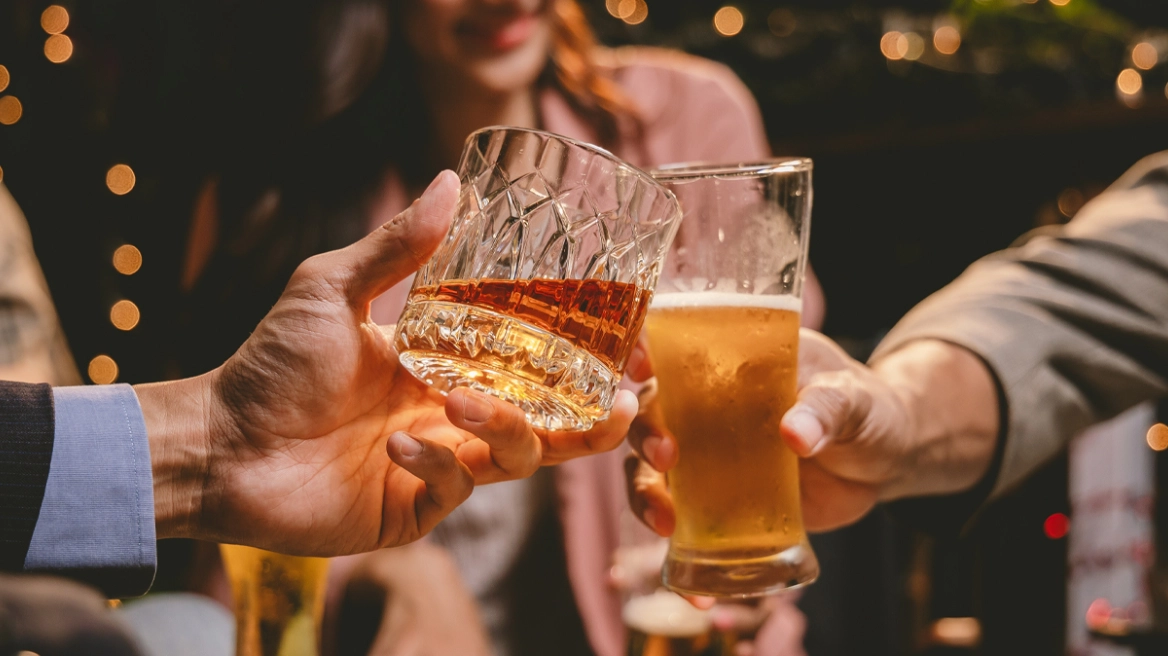Russian forces are on the verge of capturing a significant city in eastern Ukraine, Pokrovsk, marking one of their fastest military advances since the beginning of the conflict. If successful, this capture will grant Russia a strategic advantage over the Donbas region.
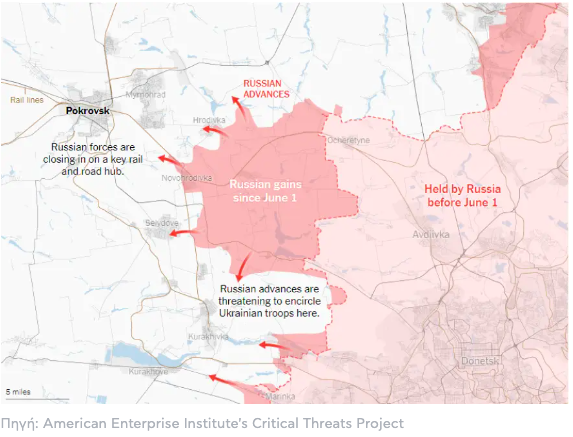
Pokrovsk is a crucial hub for the region’s rail and road networks, and a successful Russian offensive would cut off Ukrainian supply lines and threaten their positions south of the city.
The situation is critical for Ukraine, as reported by The New York Times, with Ukrainian troops reportedly retreating in some areas at a rate of over a mile per day in August. Despite two dense lines of Ukrainian fortifications still being in place between the frontline and the city, Russian forces appear determined to breach these defenses.
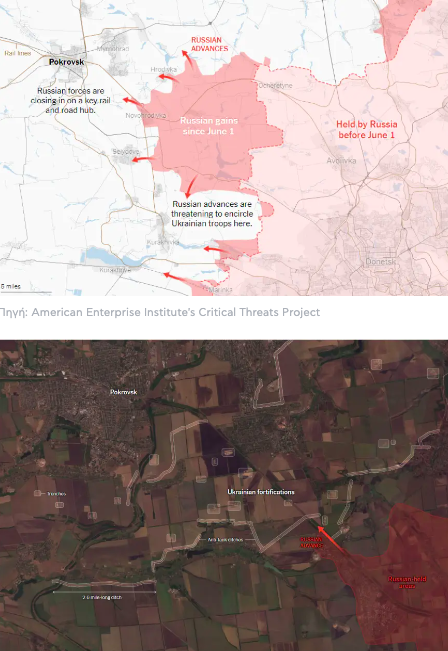
Despite the dense fortifications around Pokrovsk, including anti-tank trenches and infantry protection measures, Russia continues to press attacks aimed at encircling Ukrainian forces.
Russia has shifted its tactics from a frontal assault on the city to attacks toward the south, aiming to expand the front and encircle Ukrainian troops between Pokrovsk and the city of Kurakhove. The Russian strategy for the region involves creating a semi-circular formation, known as a “cauldron,” intended to isolate Ukrainian forces, making the situation extremely difficult for Ukraine.
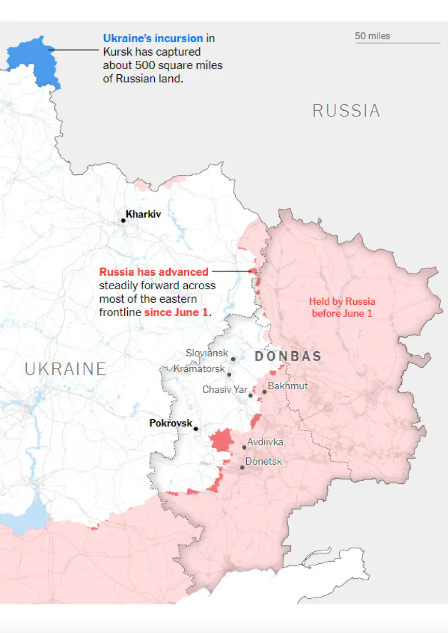
This rapid advance by Russia in Pokrovsk represents its most successful effort in eastern Ukraine this year, while other attacks have been slow and costly.
Although Russia has attacked along nearly the entire eastern front line, most of its attacks have resulted in minor territorial gains after months of intense fighting. For instance, the attack on the elevated city of Chasiv Yar has only advanced three miles in a year. However, the advance in Pokrovsk has proceeded much more quickly, with the frontline rapidly moving toward Ukrainian territory throughout the summer.
On the other hand, Ukraine’s counteroffensive in the Kursk region has failed to significantly divert Russian forces from the Donbas.
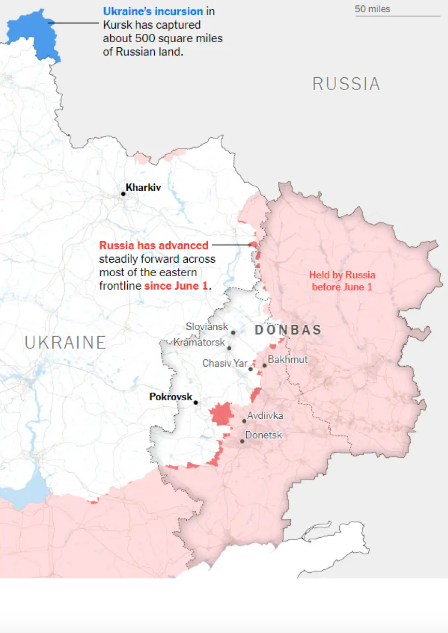
This rapid phase of the war may be slowed by the onset of autumn rains, which will limit military movements on both sides. Most roads, except for paved ones, will turn into muddy tracks, making the passage of heavy vehicles impossible and restricting military operations.
Ask me anything
Explore related questions
